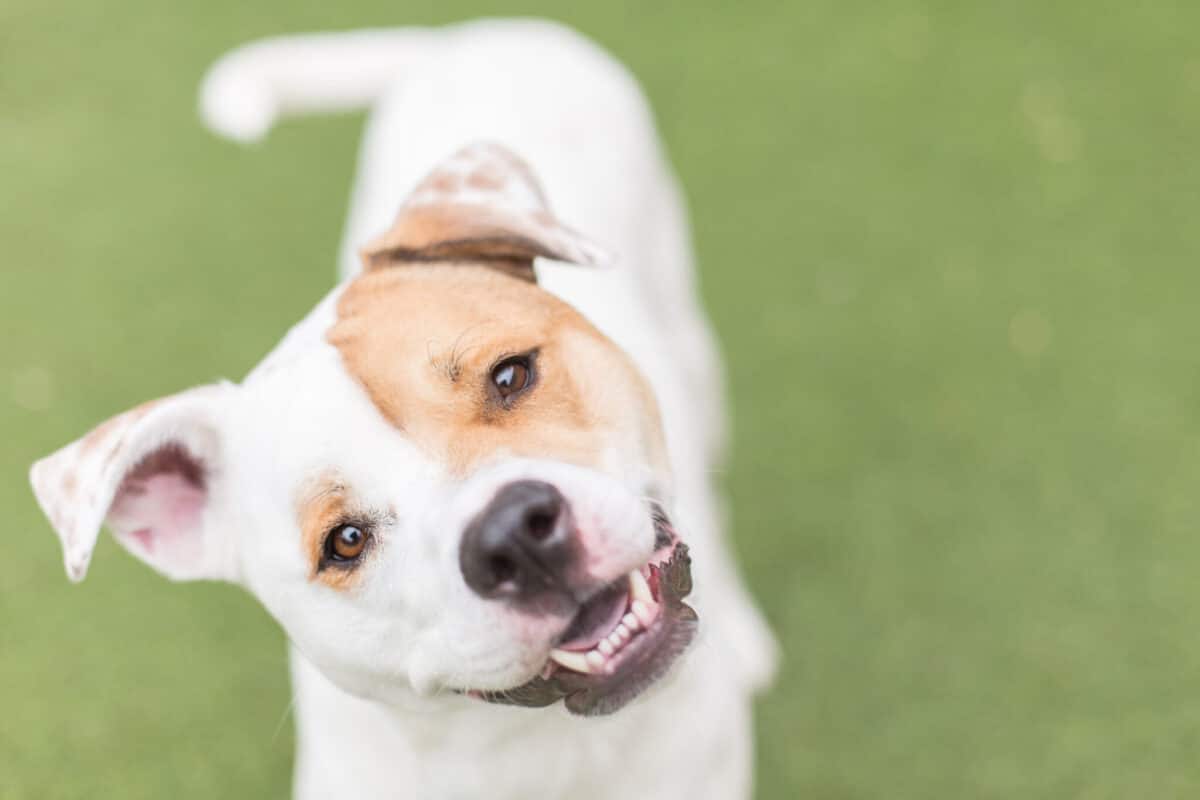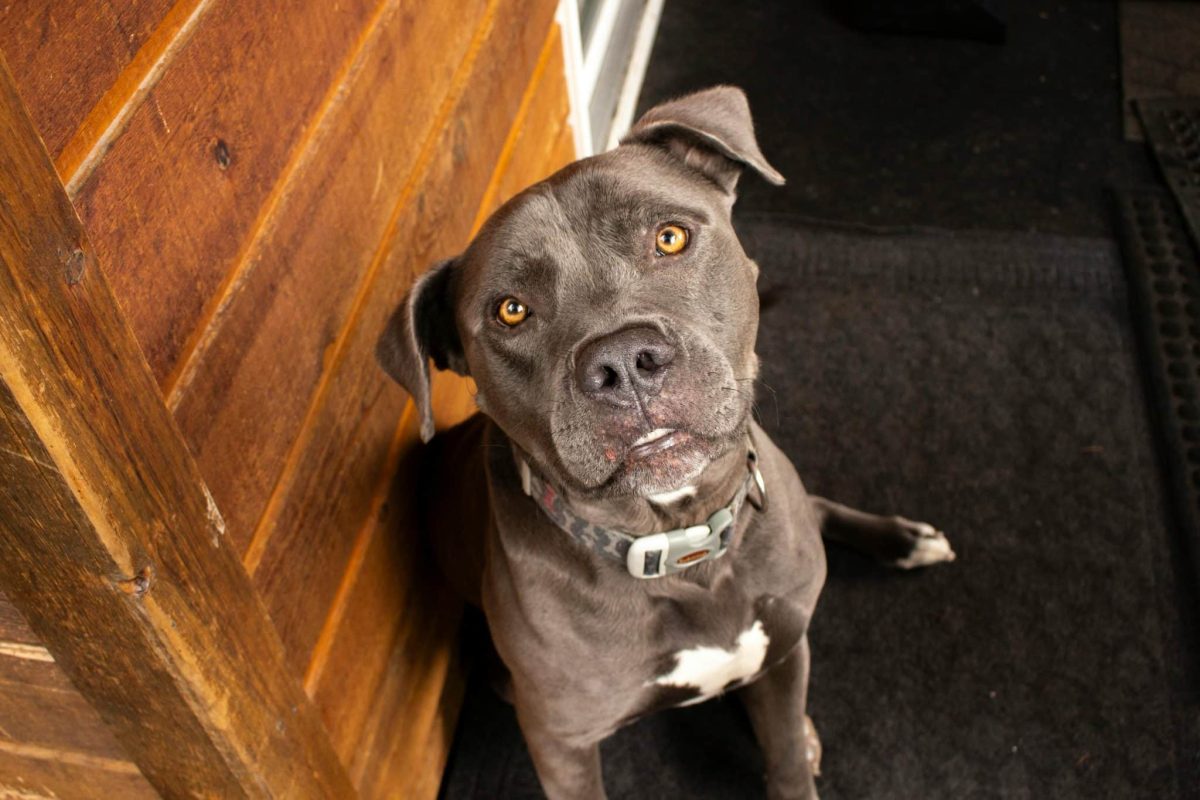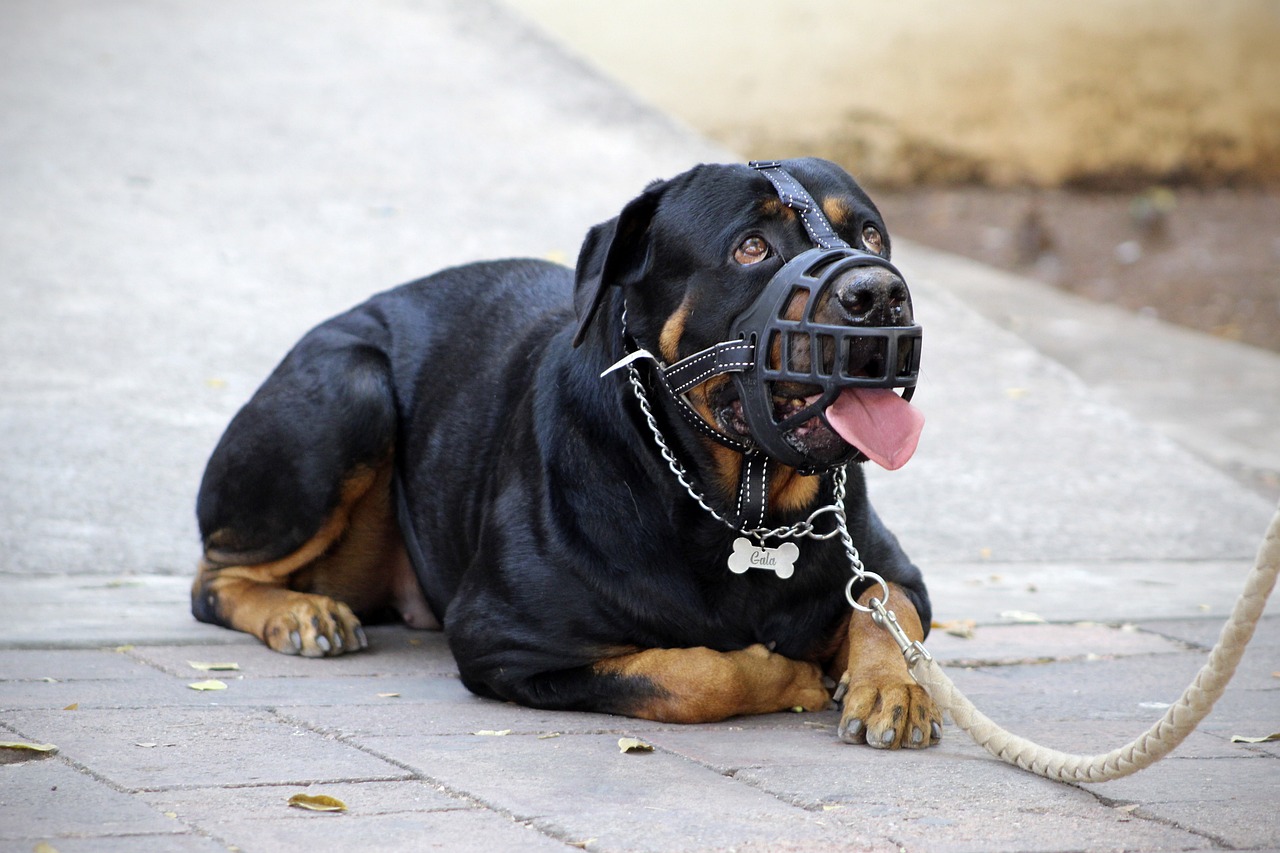 Shutterstock
Shutterstock
Dogs have a way of making even small gestures ridiculously adorable—and the head tilt is their ultimate crowd-pleaser. Like a furry question mark, it’s part confusion, part curiosity, and 100% charming. While it often earns extra treats or squeals from humans, the move has deeper roots. Dogs tilt their heads for all kinds of reasons, from trying to hear better to watching your face more clearly. Whether it’s instinct or intentional drama, that sideways glance is more than just a cute pose for your camera roll.
Trying to Hear You Better
 Shutterstock
Shutterstock
When a dog tilts its head, it may be doing a little audio gymnastics to locate a sound more precisely. Dogs have incredibly keen hearing, but adjusting the angle of their head helps refine the source and distance of a noise. This is especially true when a sound is high-pitched, unfamiliar, or coming from another room. That little tilt is your dog’s way of tuning into a specific audio frequency. It’s basically the dog version of cupping a hand around your ear.
Reading Your Facial Expressions
 Shutterstock
Shutterstock
If your dog looks like it’s posing for a thoughtful portrait while you’re talking, it might be trying to read your face more clearly. Muzzles can get in the way of full visual access, so tilting the head can give them a better view of your eyes and expressions. Dogs are wired to pick up on human cues, especially emotional ones. They may not understand every word, but they can absolutely sense how you feel. A head tilt often means they’re paying close attention to your vibe.
Recognizing Words
 Shutterstock
Shutterstock
Some dogs have an impressive vocabulary, and when they hear certain words—like “walk,” “treat,” or “squirrel”—they perk right up. A head tilt during this moment often means they’re trying to confirm they heard you correctly. It’s their way of saying, “Did you just say what I think you said?” This behavior often comes with an alert posture and wagging tail. For language-loving pups, a head tilt is a thinking cap.
Reacting to New Sounds
 Shutterstock
Shutterstock
When a strange noise interrupts their usual routine, dogs naturally tilt their heads in response. Whether it’s a phone ringtone, a car alarm, or you humming off-key, the tilt helps them figure out what’s going on. New or confusing sounds demand extra attention. The movement helps them gather more information about the noise’s source and intention. Think of it as their way of decoding sonic mysteries.
Trying to Understand You
 Shutterstock
Shutterstock
Even though dogs don’t speak our language, they’re always trying to make sense of it. When they hear unfamiliar phrases or questions, a head tilt may be their way of concentrating on what you’re saying. It shows that they’re listening carefully and trying to connect words with meanings they already know. This can be especially noticeable during training sessions or when you speak in an animated tone. It’s basically your dog saying, “I’m working on it, human.”
Showing Empathy
 Shutterstock
Shutterstock
Dogs are emotionally in tune with their people, and they often tilt their heads in response to our moods. If you’re feeling down or speaking in a softer voice, your dog may respond with a tilt as a sign of empathy. They’re not just being curious—they’re being emotionally supportive. It’s like a furry little therapist checking in on you. You’ll know it’s this kind of tilt when it’s paired with soft eyes or snuggly behavior.
Encouraging a Reaction
 Shutterstock
Shutterstock
Once a dog realizes a head tilt gets them attention, they’re likely to milk it for all it’s worth. Humans can’t resist fawning over this gesture, so some pups figure out it’s a great way to charm us. Over time, the head tilt can become a learned behavior used to grab treats, pets, or laughs. It’s the canine equivalent of turning on the puppy-dog eyes. In short: it’s a crowd-pleaser, and they know it.
Compensating for Hearing Loss
 Shutterstock
Shutterstock
As dogs age, they might experience some hearing decline, and a head tilt can help them tune in better. By shifting their head to one side, they can give their “better” ear a chance to do more of the work. It’s a practical solution to a sensory challenge. You might notice this more in senior dogs who suddenly start tilting more often. It’s not always about confusion—it’s just sound optimization.
Expressing Curiosity
 Shutterstock
Shutterstock
When something piques a dog’s interest, the head tilt is part of their “what is that?” toolkit. Whether it’s a new toy, a weird sound, or a visitor at the door, tilting their head helps them process the moment. It’s a sign they’re mentally engaged and trying to learn. Dogs don’t always understand new things right away, so this is how they take a second to consider it. The tilt says, “I don’t get it, but I’d like to.”
Evaluating Threats (or Treats)
 Shutterstock
Shutterstock
Sometimes, dogs tilt their heads to assess whether something is a danger or a delicious opportunity. They use this behavior when gathering clues about unfamiliar items, animals, or noises. The tilt helps them process whether they should bark, ignore, or prepare to beg. It’s a built-in decision-making gesture. Basically, your dog is weighing the pros and cons with their face.
Coping With Vision Issues
 Shutterstock
Shutterstock
If your dog has poor depth perception or limited vision, tilting their head helps line things up. It gives them a better angle to see or judge how far away something is. This can be especially true for breeds with longer muzzles that partially block their view. In this case, the tilt is a functional adjustment, not just an adorable one. It’s part of how they navigate the world.
Mimicking Humans
 Shutterstock
Shutterstock
Dogs are master imitators, and they often copy our movements, including facial expressions and head tilts. If you tend to cock your head while talking to them, your dog might mirror the behavior right back. It’s one way they try to connect and communicate. The more you interact with your dog, the more they’ll pick up on your habits. Head tilts included.
Because It Works
 Shutterstock
Shutterstock
At the end of the day, dogs are incredibly observant. If tilting their head results in laughter, affection, or treats, you better believe they’ll keep doing it. It may have started as a functional behavior, but now it’s also part of their attention-getting arsenal. Your dog might not know why it works, but they know it absolutely does. And hey, who can blame them?
The International Sign for “Huh?”
 Shutterstock
Shutterstock
Whether sparked by curiosity, confusion, or a sneaky attempt to score a treat, the classic dog head tilt is packed with meaning—and personality. It’s their way of saying, “I’m listening,” while also silently judging your singing voice or questioning your sock choices. This charming gesture isn’t just adorable—it’s a window into how dogs interpret the world around them. So the next time your pup tilts their head at you, remember: it’s not just for laughs—it’s thoughtful, expressive, and full of heart (with maybe a snack request thrown in).

 3 weeks ago
11
3 weeks ago
11


















 English (US) ·
English (US) ·